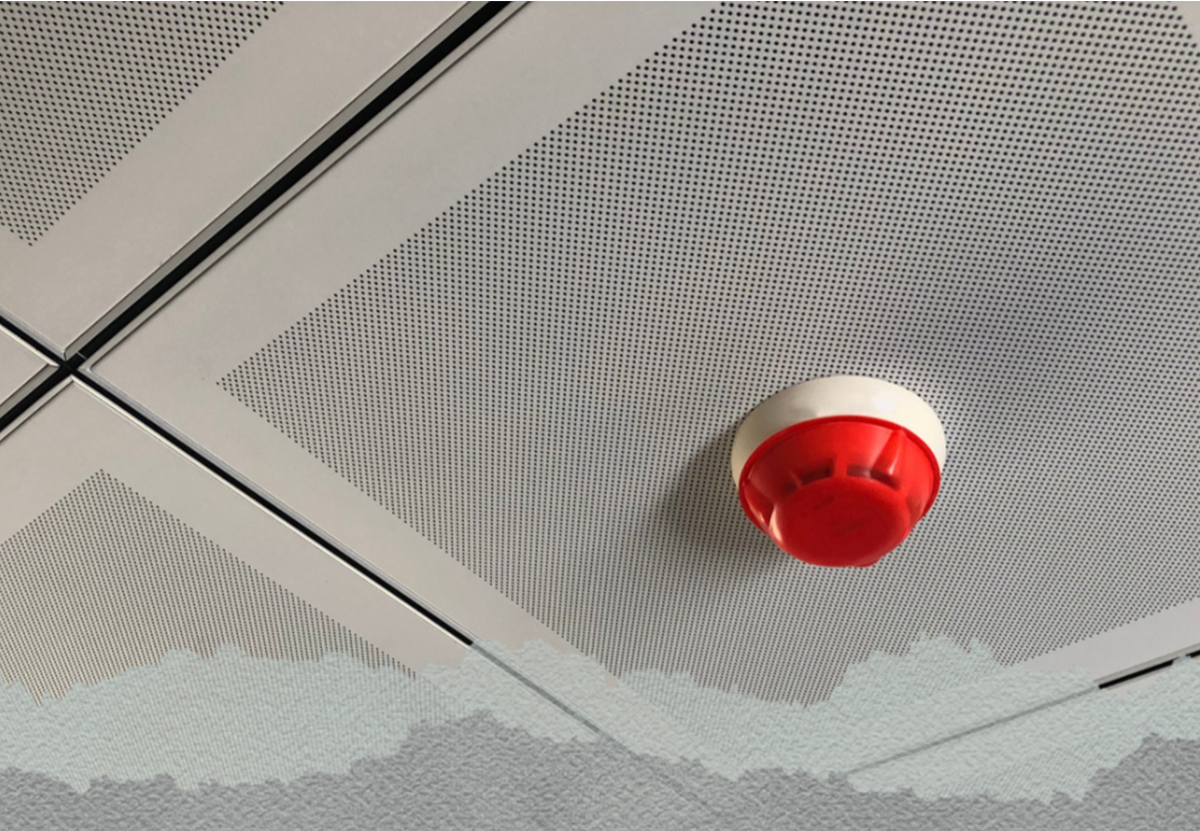
In every building, whether it’s a home, office, or commercial space, safety is more than just a requirement; it’s a responsibility. Among the many systems designed to protect lives and property, few are as essential as the fire alarm system. But how often do we stop to understand how these systems actually work or why they’re so critical?
A fire alarm system isn’t just a device that sounds when there’s smoke, it’s a carefully engineered network built to detect, alert, and prevent disasters before they escalate. From early detection sensors that identify heat changes to advanced communication systems that trigger rapid responses, every component plays a vital role in keeping people and structures safe.
In this guide, we’ll unpack the fundamentals of fire alarm systems, how they operate, their main components, and why regular care and maintenance matter. You’ll also discover how modern technology is transforming fire detection, making systems smarter, faster, and more reliable than ever.
So, whether you’re a building owner, facility manager, or simply curious about how these life-saving systems work, you’re in the right place. Let’s explore how a well-designed fire alarm system protects not just property, but peace of mind.
Understanding Fire Alarm Systems
When was the last time you truly thought about how a fire alarm system keeps you safe? Most of us walk past those red panels and wall-mounted alarms every day without a second thought. Yet, behind those simple devices lies a complex network designed to protect lives and property the moment a threat arises.
A fire alarm system is more than just a warning bell, it’s an integrated safety solution that detects early signs of danger and activates a quick, coordinated response. From sensing smoke or sudden heat to alerting occupants and emergency personnel, it serves as the first line of defense against potential fire hazards.
Why Fire Detection Matters
In an emergency, every second counts. Early detection allows people to act fast, whether that means evacuating the building, using fire suppression equipment, or contacting local responders. Without reliable detection, a small spark can quickly turn into a devastating blaze.
Think of it this way:
- Smoke detectors sense the earliest signs of combustion before flames appear.
- Heat sensors detect unusual temperature rises that could indicate hidden fires.
- Alarm systems ensure that everyone in the building hears and reacts instantly.
Together, these elements form a safety net that gives you valuable time to prevent loss and ensure everyone’s well-being.
Beyond Compliance: A Commitment to Safety
While installing a fire alarm system helps meet building codes and safety standards, it’s about more than just regulations. It’s a proactive step toward protecting what matters most, people. Whether it’s a home, school, or commercial space, a properly designed system gives you confidence that you’re prepared for the unexpected.
Ultimately, understanding your fire alarm system is about empowerment. When you know how it works and why it matters, you’re not just checking a box, you’re creating a safer environment for everyone inside.
Key Takeaways
A well-designed fire alarm system is more than a safety requirement, it’s a life-saving investment. By ensuring early detection, reliable response, and ongoing maintenance, you’re safeguarding both people and property from potential disaster. Understanding how each component works empowers you to make smarter decisions about installation, upgrades, and long-term protection.
As technology continues to evolve, we can expect fire detection systems to become even more intelligent, integrating real-time monitoring, predictive analytics, and smart building automation for faster and more efficient fire prevention.
Now is the time to take a proactive approach to safety. Evaluate your current fire alarm system, are its features up to date, compliant, and reliable? If not, consider consulting with a fire protection professional to assess your needs and explore modern solutions that keep your space safe, compliant, and future-ready.
Because when it comes to fire safety, preparation isn’t optional, it’s protection in action.
